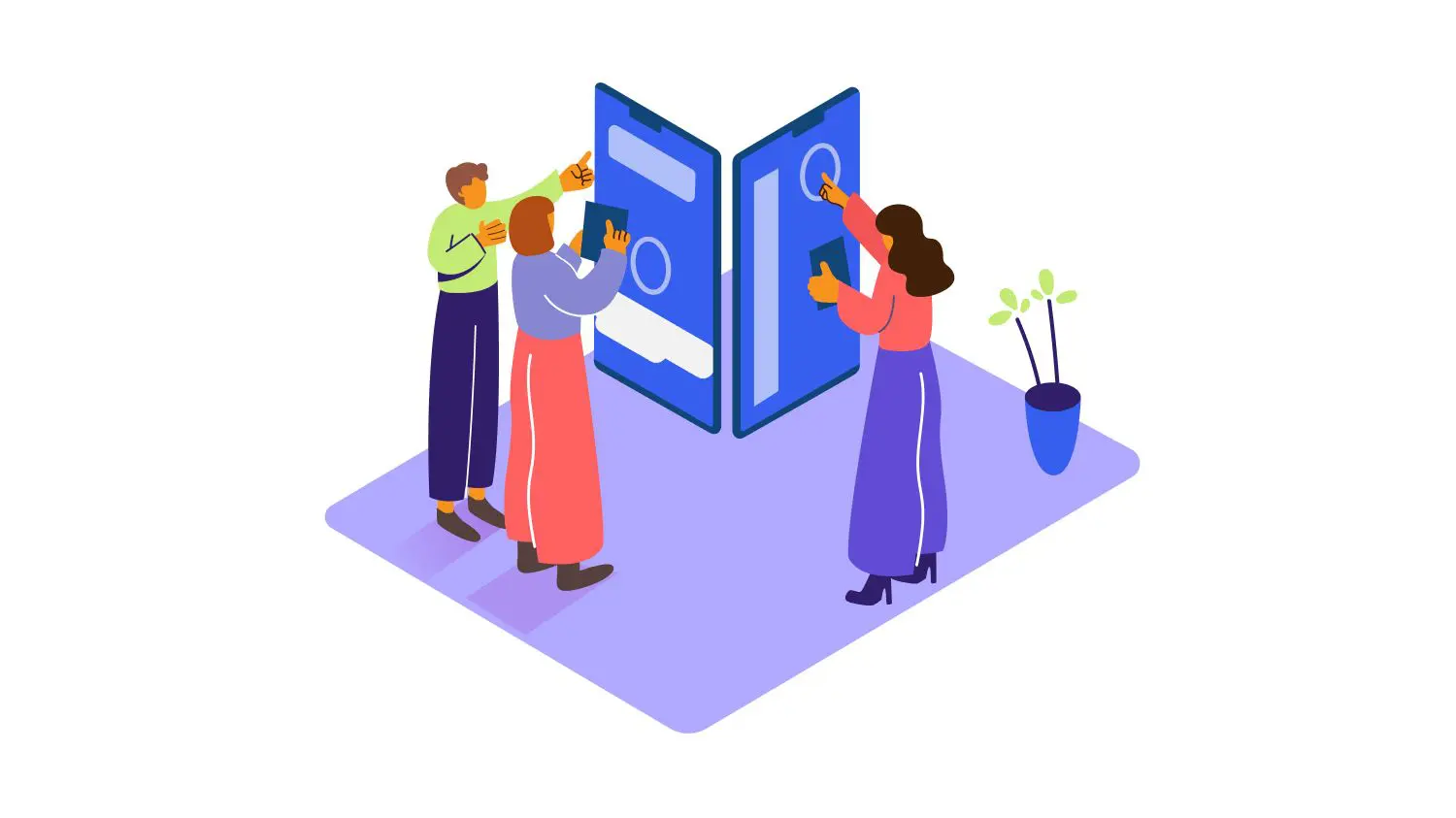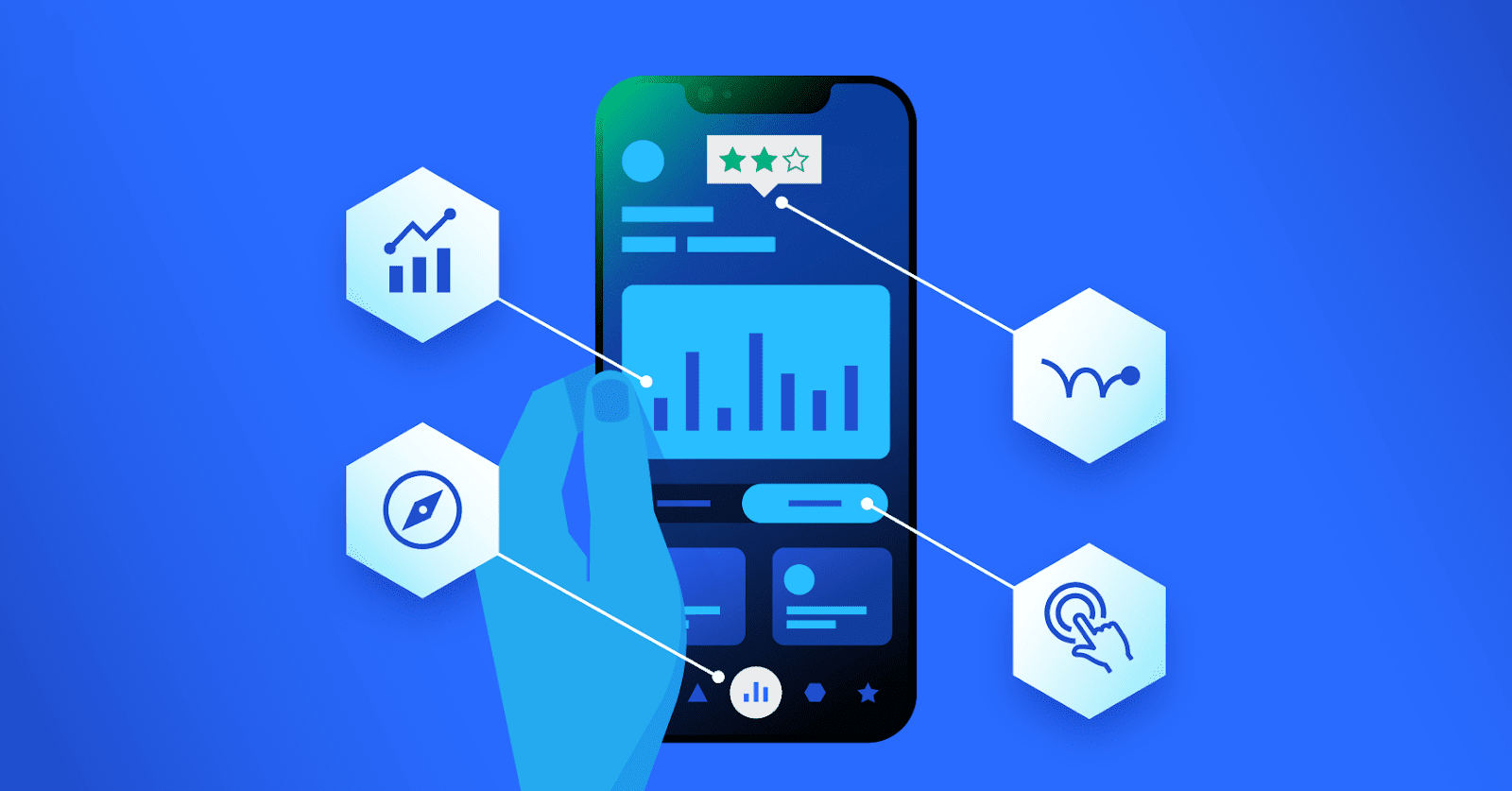As an avid sports fan and enthusiast, I’ve always been fascinated by the dynamic world of fantasy sports. Over the years, I’ve witnessed the industry evolve at a breathtaking pace, driven by the rapid advancements in technology. In this article, we’ll explore the top 10+ tech trends that are revolutionizing the fantasy sports landscape, and how these innovations are shaping the future of this exciting industry.
Introduction to the Fantasy Sports Industry
The fantasy sports industry has experienced remarkable growth, captivating millions of fans worldwide. From humble beginnings as a niche hobby, it has now blossomed into a multi-billion dollar global market, offering a unique and engaging way for sports enthusiasts to immerse themselves in the games they love. As the industry continues to evolve, the integration of cutting-edge technologies has become crucial in delivering an unparalleled experience for fantasy sports enthusiasts.
Overview of the Tech Trends in the Fantasy Sports Industry
The fantasy sports industry has been at the forefront of technological innovation, constantly adapting and incorporating the latest advancements to enhance the user experience. Let’s delve into the top 10+ tech trends that are shaping the future of this dynamic industry:
Artificial Intelligence in Fantasy Sports
Artificial Intelligence (AI) has emerged as a game-changer in the fantasy sports realm. From predictive analytics to personalized recommendations, AI-powered systems are revolutionizing the way fantasy sports enthusiasts make informed decisions. By analyzing vast amounts of data, AI can provide valuable insights into player performance, injury risks, and strategic matchups, helping users optimize their fantasy lineups and gain a competitive edge.
The Application of Augmented and Virtual Reality to Fantasy Sports
The immersive world of Virtual Reality (VR) and Augmented Reality (AR) is making its mark on the fantasy sports industry. Imagine being able to step into a virtual stadium, surrounded by the sights and sounds of the game, as you manage your fantasy team in real time. AR technology can also enhance the in-game experience, overlaying player stats, game updates, and interactive visualizations directly on the user’s screen, creating a truly immersive and engaging experience.
Blockchain Technology in Fantasy Sports
Blockchain technology has the potential to transform the fantasy sports industry by introducing new levels of transparency, security, and fairness. Through the use of decentralized ledgers, blockchain can enable secure transactions, tamper-proof record-keeping, and the creation of unique digital assets (such as player cards or in-game items) that can be traded or used within the fantasy sports ecosystem.
Big Data and Analytics in Fantasy Sports
The vast amounts of data generated by sports leagues, teams, and players have become a goldmine for fantasy sports enthusiasts. By harnessing the power of big data and advanced analytics, fantasy sports platforms can provide users with in-depth insights, personalized recommendations, and predictive models to enhance their decision-making and improve their chances of success.
Mobile Apps and User Experience in Fantasy Sports
The rise of mobile technology has transformed the fantasy sports experience. Seamless and intuitive mobile apps have become the norm, allowing users to manage their teams, track player performance, and engage with the community on the go. Innovative user interface (UI) and user experience (UX) design are crucial in creating a captivating and user-friendly fantasy sports platform that caters to the needs and preferences of modern sports enthusiasts.
Gamification in Fantasy Sports
Gamification, the integration of game-like elements into non-game contexts, has become a powerful tool in the fantasy sports industry. By incorporating features such as leaderboards, achievements, and rewards, fantasy sports platforms can foster a sense of competition, engagement, and community among users, ultimately driving higher levels of participation and retention.
Social Media Integration in Fantasy Sports
Social media platforms have become an integral part of the fantasy sports experience. By integrating seamless social features, fantasy sports platforms can enable users to connect with friends, share updates, trash-talk, and engage in friendly competition, creating a more social and interactive environment for sports enthusiasts.
E-sports and Fantasy Sports Crossover
The convergence of e-sports and fantasy sports has opened up new avenues for growth and innovation. As competitive video gaming continues to gain mainstream popularity, fantasy leagues, and platforms focused on e-sports titles are emerging, allowing fans to apply their sports management skills to the virtual world of gaming.
The Future of the Fantasy Sports Industry
As we look towards the future, the fantasy sports industry is poised for even greater advancements, driven by the rapid pace of technological innovation. The integration of cutting-edge technologies, such as Artificial Intelligence, Virtual Reality, and Blockchain, will continue to shape the industry, offering more immersive, personalized, and secure experiences for fantasy sports enthusiasts.
Moreover, the industry’s ability to adapt and cater to the evolving preferences of modern sports fans will be crucial. Trends like mobile optimization, gamification, and social media integration will remain at the forefront, ensuring that the fantasy sports experience remains engaging, interactive, and tailored to the needs of the digital-savvy audience.
Conclusion
In the ever-evolving world of fantasy sports, the integration of cutting-edge technologies has become a driving force behind the industry’s transformation. From AI-powered analytics to immersive VR experiences, the tech trends we’ve explored in this article are reshaping the way sports enthusiasts engage with and manage their fantasy teams.
As the industry continues to evolve, the ability to harness these technological advancements will be paramount in delivering an unparalleled user experience and maintaining a competitive edge. By embracing innovation and adapting to the changing landscape, the fantasy sports industry is poised to captivate and inspire sports fans for generations to come.
To stay ahead of the curve and explore the latest advancements in the fantasy sports industry, be sure to subscribe to our newsletter. You’ll receive exclusive insights, industry updates, and tips to elevate your fantasy sports experience. Sign up now and join the revolution!




